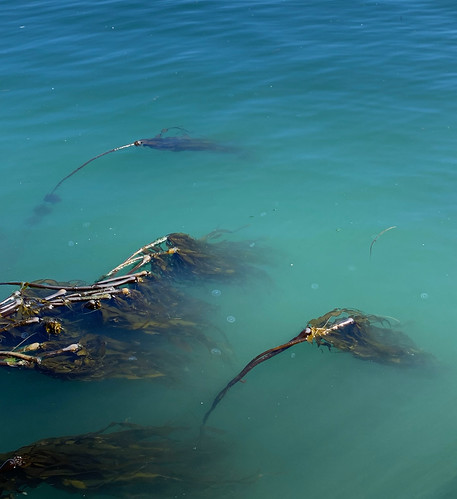The first half of my fellowship has been such an incredible experience of working with experts in conservation science and policy and learning how science can support policy and vice-versa. My fellowship project is a general exploration of how blue carbon pathways operate in Oregon’s coastal ecosystems, how they may contribute to the state’s greenhouse gas reduction goals, and who is currently doing the work. Blue carbon as a climate mitigation strategy is a fairly recent development, and the research is still in its early stages in the Pacific Northwest. My fellowship work will hopefully help inform how blue carbon can fit into Oregon’s natural and working lands.
To be honest, it’s hard to think about climate change daily without having to manage some amount of climate anxiety. The crisis we face is at a scale bigger than comprehension, and at times it’s hard to imagine blue carbon alone having a large enough impact to offset—let alone reduce—carbon emissions to have a positive climate effect. At the same time, defeatism is less than helpful, and it’s simply incorrect to believe that nothing we do can mitigate climate change and its effects. There will not be one solution. It will take a lot of people working in lots of ways to tackle the challenge, to change systems and turn the tide. Natural climate solutions (NCS), including blue carbon, is one tool we have to approach climate and biodiversity issues. NCS use conservation and restoration strategies to enhance climate benefits but does not elevate carbon reduction above ecosystem function. This is one aspect that I appreciate about NCS—it does not look at nature as a technology to maximize carbon sequestration but instead values ecosystem health and function for multifaceted benefits.
I had struggled initially because carbon crediting seems to focus simply on the most ‘productive’ estuarine systems that build carbon-rich soils However, many of the people working on blue carbon do not think of carbon projects as simply carbon farms that are separated from ecosystem function. There is deliberate consideration of the inherent value of coastal and nearshore ecosystems alongside the many ecosystem services, of which carbon is one. This attitude shared by my new colleagues is really a heartening one, and I’ve been supported in considering the role of complex oceanic ecosystems (like kelp forests) that are critical Oregon coastal habitat and sequester carbon.


